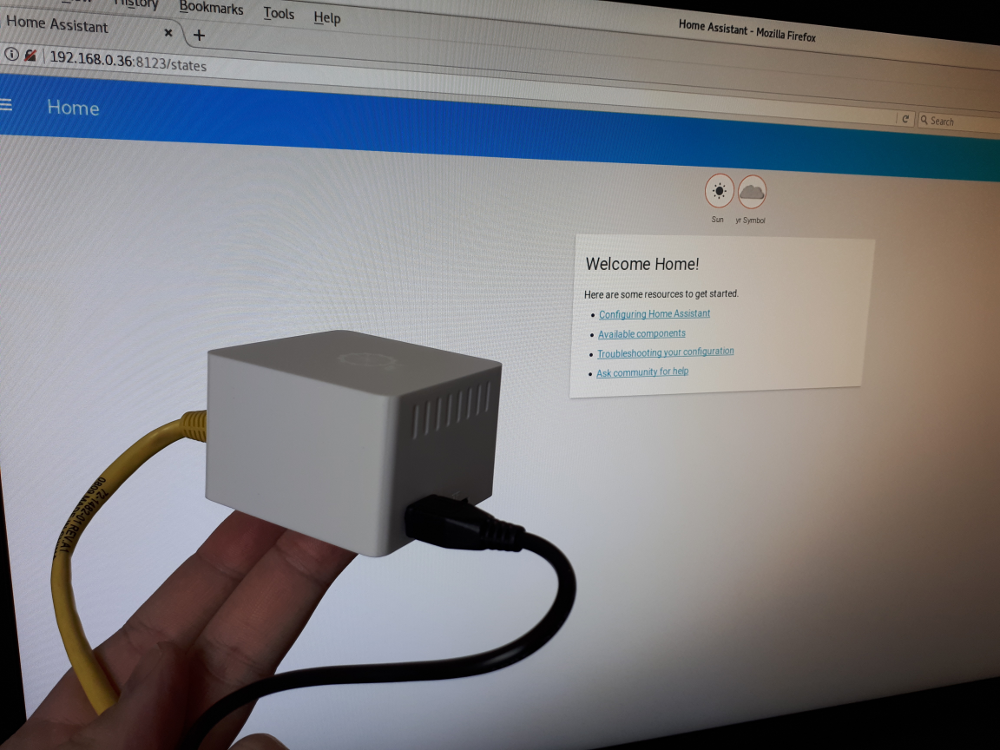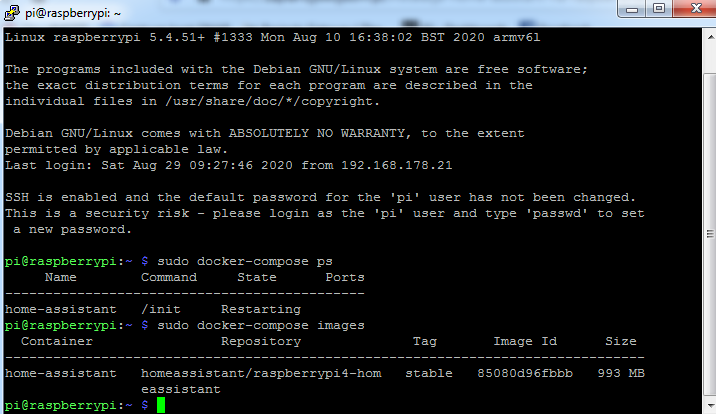
To install the broker, go to the Supervisor tab, click on the Add-ons tab and select MQTT.

Home Assistant has a built-in MQTT broker using Mosquitto, which is convenient. MQTT is a lightweight Message Queuing Protocol designed for IoT applications. So far, we have a Garage Door, Relay, Raspberry pi, and Home Assistant the question now is how does the Raspberry Pi communicate with the home assistant? Fortunately, there's MQTT. If you are into home automation, you should check out Home Assistant - I have been using it for more than two years, and I love it! If you want to get started with Home Assistant, check out this link

The answer was quite obvious since I already use Home Assistant. The next challenge is how the user communicates with the Pi (GaragePi) and the user interface. The garage wall switch is an open-close switch, and all you need to activate the garage door is to emulate the open-close behavior using a relay.

Above all, I wasn't comfortable with the security of any of these solutions since giving out control of my garage doors is pretty much the same as giving out the house keys.Īfter researching online, I decided that the best way to use a raspberry pi + relay is to control the garage opener. There's products like Nexx, with costs you about $75 / door, and there are products like MyQ, which in addition to the cost of the hardware, forces you to pay a monthly subscription. I looked around on Amazon and other online storefronts. I wanted a solution that is accessible from my smartphone, secure, reliable, and cheap. type ssh If the hostname is not found, use the IP of the Pi instead - it can be found in your router administration panel.My new home had two garage doors with wall-mounted switches. On Windows you can use Putty open in new window, with Linux and macOS you can just open the terminal and e.g. local (default: raspberrypi.local) with the user pi and the password you configured (default: raspberry). Wait a minute for it to boot and connect to your network.

This page will guide you through setting up a Pi Zero W to run room-assistant.


 0 kommentar(er)
0 kommentar(er)
